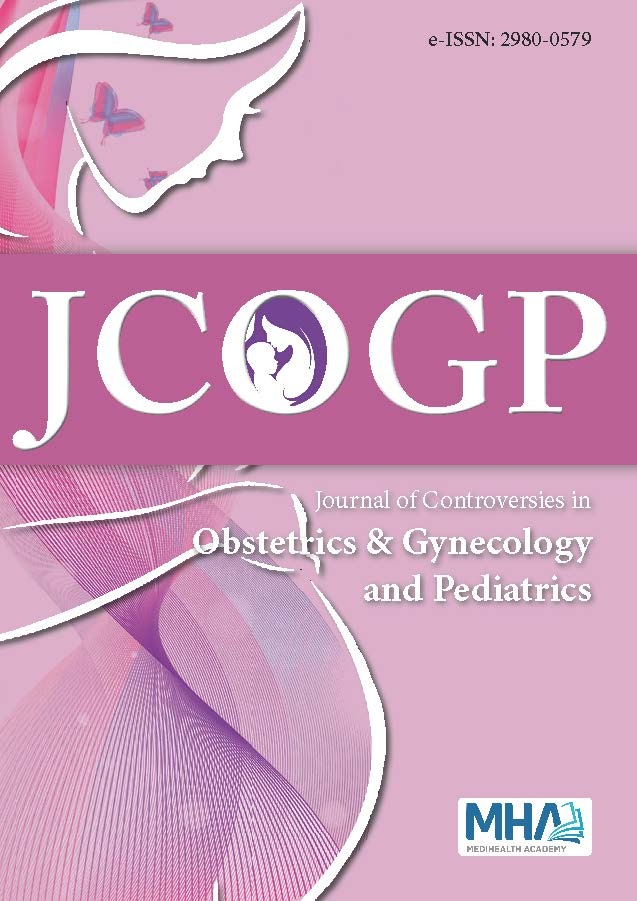1. Zegers-Hochschild F, Adamson GD, Dyer S, et al. The internationalglossary on infertility and fertility care, 2017. Hum Reprod.2017;32(9):1786-1801. doi:10.1093/humrep/dex234
2. Boivin J, Bunting L, Collins JA, Nygren KG. International estimatesof infertility prevalence and treatment-seeking: potential need anddemand for infertility medical care. Hum Reprod. 2007;22(6):1506-1512. doi:10.1093/humrep/dem046
3. Mascarenhas MN, Flaxman SR, Boerma T, Vanderpoel S, StevensGA. National, regional, and global trends in infertility prevalencesince 1990: a systematic analysis of 277 health surveys. PLoS Med.2012;9(12):e1001356. doi:10.1371/journal.pmed.1001356
4. Evers JLH, Collins JA. Assessment of efficacy of varicocele repair formale subfertility: a systematic review. Lancet. 2003;361(9372):1849-1852. doi:10.1016/S0140-6736(03)13503-9
5. Sarac M, Koc I. Prevalence and risk factors of infertility in Turkey:evidence from demographic and health surveys, 1993-2013. J BiosocSci. 2018;50(4):472-490. doi:10.1017/S0021932017000244
6. Inhorn MC, Patrizio P. Infertility around the globe: new thinking ongender, reproductive technologies and global movements in the 21stcentury. Hum Reprod Update. 2015;21(4):411-426. doi:10.1093/humupd/dmv016
7. Nachtigall RD. International disparities in access to infertility services.Fertil Steril. 2006;85(4):871-875. doi:10.1016/j.fertnstert.2005.08.066
8. Infecundity, infertility, and childlessness in Developing Countries -DHS Comparative Reports No. 9. Accessed October 1, 2022. Availableonline: https://www.who.int/publications/m/item/infecundity-infertilit y-and-childlessness-in-developing-countries---dhs-comparative-reports-no.-9
9. Practice Committee of the American Society for ReproductiveMedicine. Effectiveness and treatment for unexplained infertility. FertilSteril. 2006;86(5 Suppl 1):S111-114. doi:10.1016/j.fertnstert.2006.07.1475
10. Khalaf Y. ABC of subfertility. Tubal subfertility. BMJ.2003;327(7415):610-613. doi:10.1136/bmj.327.7415.610
11. Chalazonitis A, Tzovara I, Laspas F, Porfyridis P, Ptohis N,Tsimitselis G. Hysterosalpingography: technique and applications.Curr Problems Diagnostic Radiol. 2009;38(5):199-205. doi:10.1067/j.cpradiol.2008.02.003
12. Brown SE, Coddington CC, Schnorr J, Toner JP, Gibbons W,Oehninger S. Evaluation of outpatient hysteroscopy, saline infusionhysterosonography, and hysterosalpingography in infertile women:a prospective, randomized study. Fertil Steril. 2000;74(5):1029-1034.doi:10.1016/s0015-0282(00)01541-7
13. Dreyer K, van Eekelen R, Tjon-Kon-Fat RI, et al. The therapeutic effectof hysterosalpingography in couples with unexplained subfertility: apost-hoc analysis of a prospective multi-centre cohort study. ReprodBiomed Online. 2019;38(2):233-239. doi:10.1016/j.rbmo.2018.11.005
14. Borumandnia N, Alavi Majd H, Khadembashi N, Alaii H. Worldwidetrend analysis of primary and secondary infertility rates over pastdecades: A cross-sectional study. Int J Reprod Biomed. 2022;20(1):37-46.doi:10.18502/ijrm.v20i1.10407
15. Vander Borght M, Wyns C. Fertility and infertility: Definitionand epidemiology. Clin Biochem. 2018;62:2-10. doi:10.1016/j.clinbiochem.2018.03.012
16. Practice Committee of the American Society for ReproductiveMedicine. Diagnostic evaluation of the infertile female: acommittee opinion. Fertil Steril. 2015;103(6):e44-50. doi:10.1016/j.fertnstert.2015.03.019
17. Bello TO. Tubal abnormalities on hysterosalpingography in primaryand secondary infertility. West Afr J Med. 2006;25(2):130-133.doi:10.4314/wajm.v25i2.28263
18. Deshpande PS, Gupta AS. Causes and prevalence of factors causinginfertility in a public health facility. J Hum Reprod Sci. 2019;12(4):287-293. doi:10.4103/jhrs.JHRS_140_18
19. Maas JW, Evers JL, ter Riet G, Kessels AG. Pregnancy rate followingnormal versus abnormal hysterosalpingography findings: a meta-analysis. Gynecol Obstet Invest. 1997;43(2):79-83. doi:10.1159/000291826
20. Sanei Sistani S, Dahmardeh H, Hasanzadeh R, Farzaneh F. Effectof hysterosalpingography (HSG) on biochemical pregnancy rate inwomen with primary and secondary infertility. Zahedan J Res Med Sci.2020;22(4):e91725. doi:10.5812/zjrms.91725

